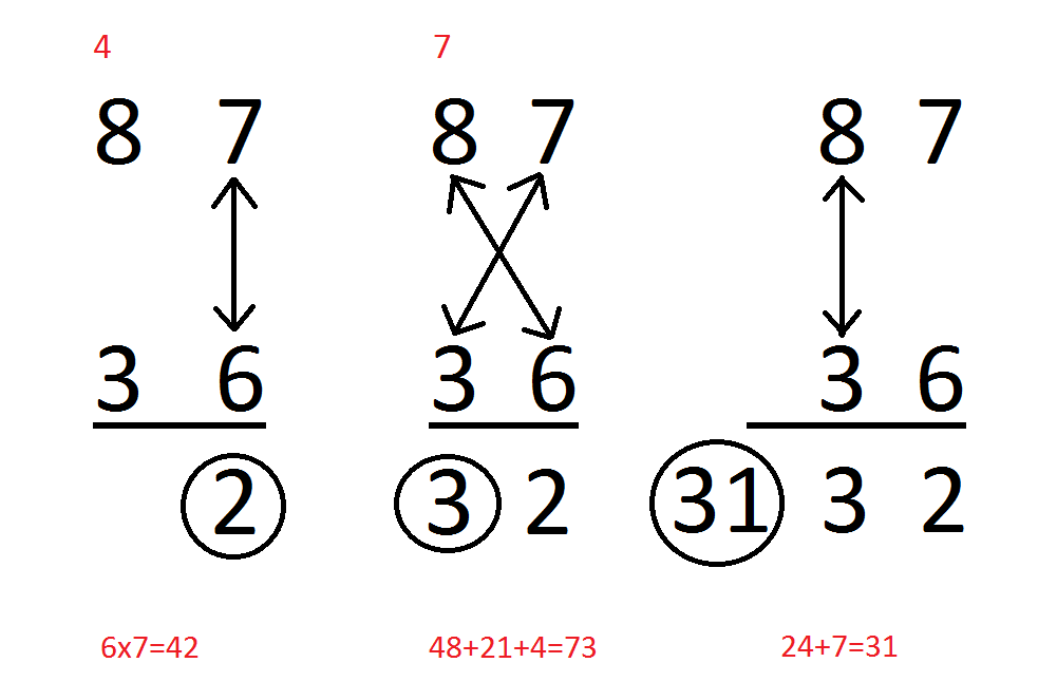
Preparing for a competitive exam? If yes, then this post is for you. Math tricks and shortcuts are really useful in reducing the time of calculation.
Time is the most crucial component of competitive exams. The one who can solve maximum questions correctly in a given space of time can easily crack these exams. Most math questions in these exams need calculations, which are a time intensive exercise. However, there are some tricks of the trade which can come in handy in reducing the time and effort usually required.
Let’s dive deep to find this treasure of tricks
This trick works for any two digit number
Let’s do this with an example
26*11 = {2} {2+6} {6}
= 286
This means that add the sum of the first and the second digit in between the two terminal digits.
However, if the addition of the first and the last digit number is greater than 9 then subtract 10 from the sum of the first and second digit and add 1 to the first number. Look at the example below for clearer understanding.
57*11 = {5+1} {5+7 -10} {7}
= 627
Now, let’s look at multiplication of three digit numbers with 11
245 *11 = {2} {2+4} {4+5} {5}
= 2695
This means that you have to add the sum of the first and the second digit, the sum of the second and third digit in between the terminal digits.
Let’s look at another example
284 * 11 = {2 +1} {(2+8-10) + 1}{ (8+4-10) } {4 }
= 3124
It means that, if the sum of two digits is greater than 10, then subtract 10 from the concurrent digit and add 1 to the previous digit.
25*25 = {(2*2) +2} {5*5}
= 625
45*45 = {(4*4) + 4} {5*5}
= 2025
For squaring numbers ending in 5, add the first digit with the square of the first digit for arriving at the first part of the answer. Square the second digit (which will always be 25) for the second part of the answer.
21*31 = {2*3} {(2*1) + (3*1)} {1*1}
= 651
Here, for arriving at the first digit of the answer, multiply the first digits of both numbers and similarly multiply last two digits of the numbers for arriving at the last digit. For arriving at the middle digit, multiply the first digit of the first number with the second digit of the second number. Then multiply the second digit of the first number with the first digit of the second number and add both the results.
Let’s look at another typical example
87*36 = 3132

We will try and understand this one step by step
First multiply the last digits of both the numbers, i.e. 7*6 = 42
Now note down 2 as the last digit of the answer and carry forward 4 to the middle digit
Next do cross-multiplication, 8*6 = 48 and 7*3 = 21
Then add the cross multiplication results, 48 + 21 = 69
Now add the carry forwarded number to above result, 69+4 = 73
Now note down 3 as the middle digit and carry forward 7 to the first digit
Then multiply last first digits of the numbers, 8*3 = 24
Now add the carry forwarded number to this result, 24+7 = 31
Note down 31 as the first two digits
Our answer is 1225
Now that you have learnt these cool math tricks, apply them in your exams and shine